Strawberry Lemonade
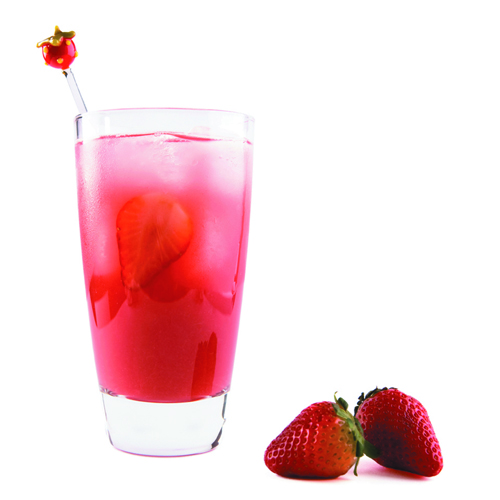
Why not toast the arrival of warmer temperatures and longer days with a refreshing and tasty beverage?
This delicious strawberry lemonade is the perfect drink after a day outdoors, and makes a sweet addition to any weekend brunch. Lightly sweetened with naturally-sourced stevia, each serving contains only 32 calories, meaning you can treat yourself to a glass (or two) without any guilt.
Strawberry Lemonade
Makes 5 servings
Ingredients:
- 2 cups (500 ml) hulled fresh strawberries*
- 1 cup (250 ml) fresh lemon juice (4 to 5 lemons)
- 2/3 cup (150 ml) Pure Via Granulated sweetener**
- 4 1/2 cups (1.125 litres) water
- Ice cubes
- Fresh whole strawberries, optional
- Fresh mint, optional
Preparation:
1. Purée the 2 cups (500 ml) strawberries in a blender container.
2. Add lemon juice and sweetener, blending just until combined.
3. Pour mixture into a pitcher.
4. Stir in water. Refrigerate until ready to serve.
5. Place a few ice cubes in each glass. Pour in strawberry lemonade mixture.
6. Garnish each glass with a fresh whole strawberry and a sprig of mint.
*Or substitute frozen unsweetened strawberries, thawed, drained
**Or substitute 15 packets Pure Via sweetener
Nutritional information per serving (250 mL)
- Calories: 32
- Total fat: -1g
- Cholesterol: 0 mg
- Sodium: 10 mg
- Carbohydrates: 10 g
- Protein 1g
The Author:
Additional calorie-wise and delicious beverage ideas are available at www.purevia.ca.
Note that stevia, the sweetener in Pure Via, is also known as steviol glycosides.

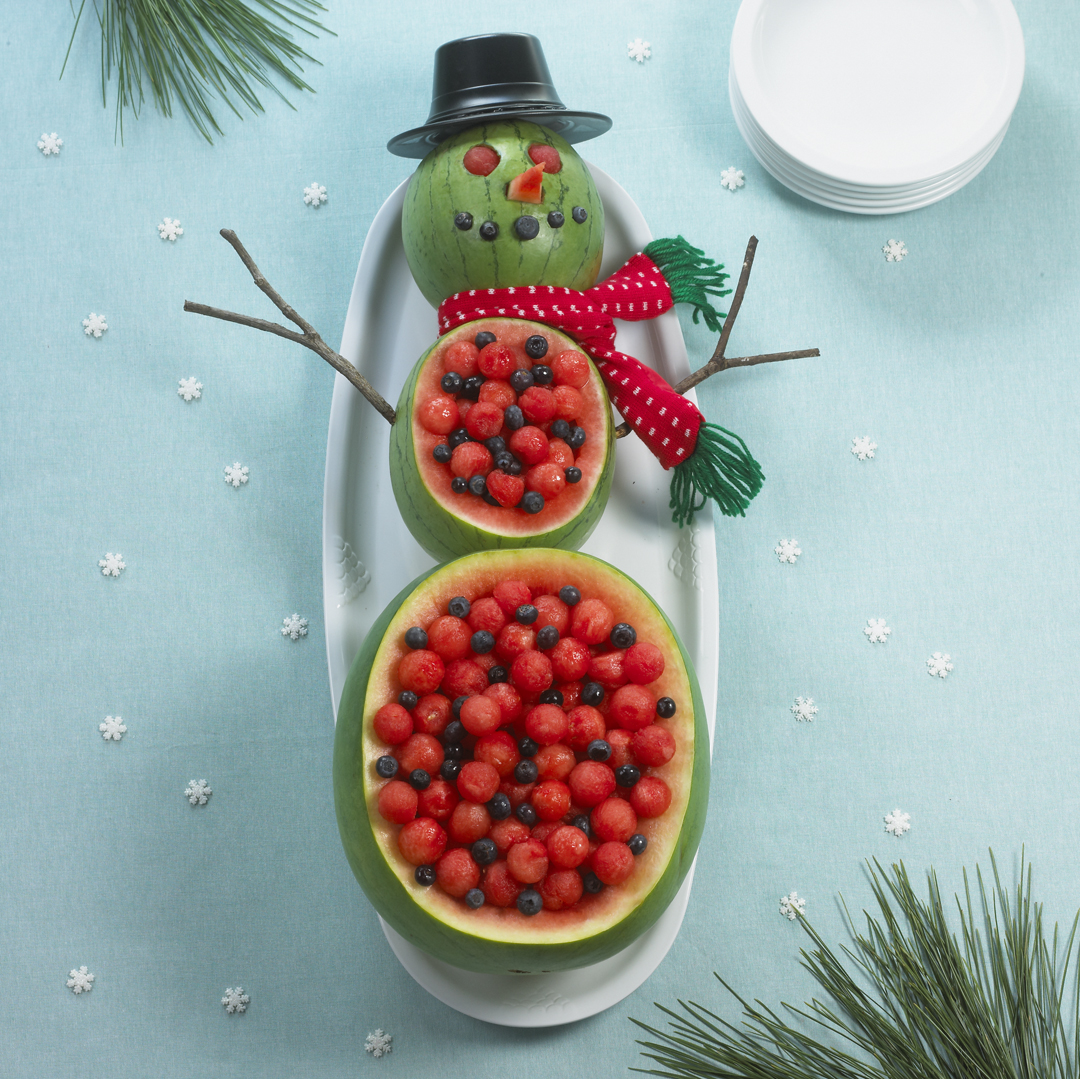

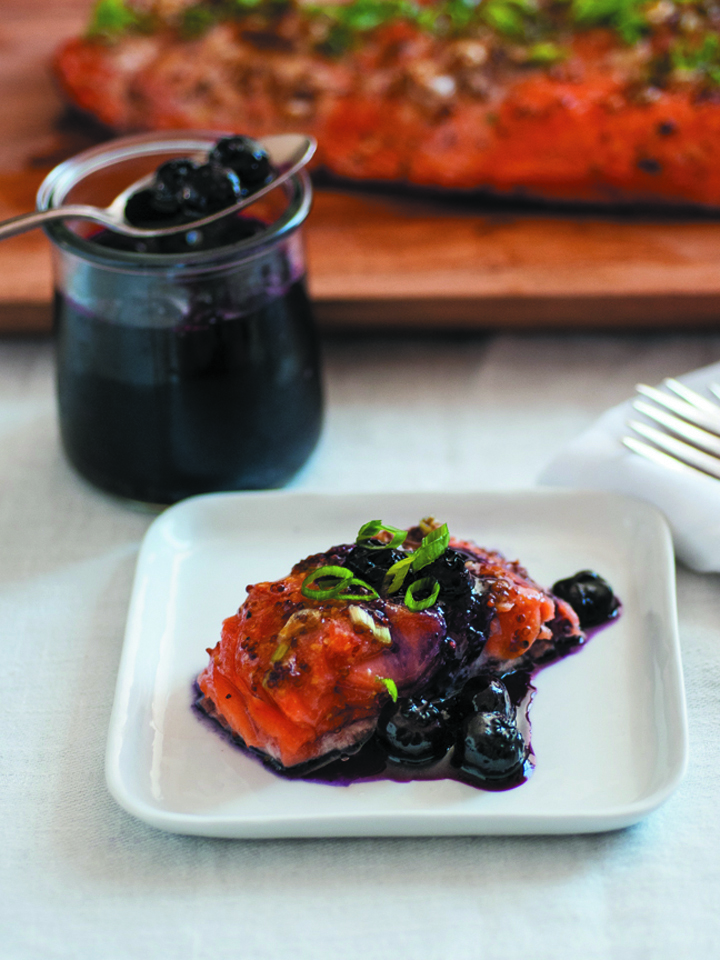

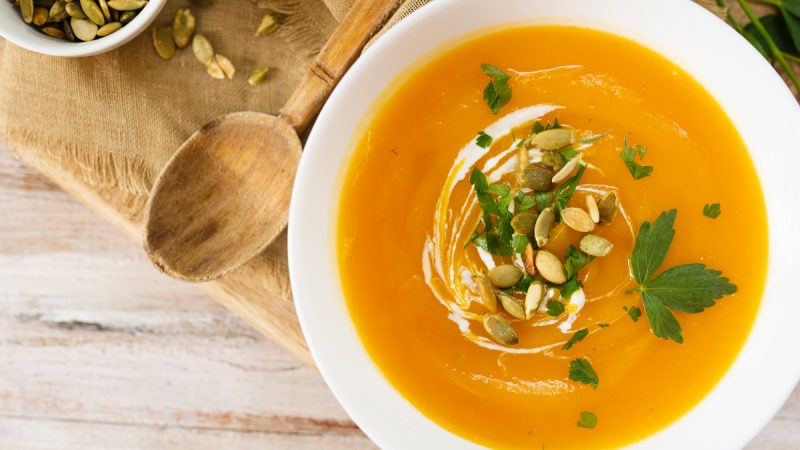

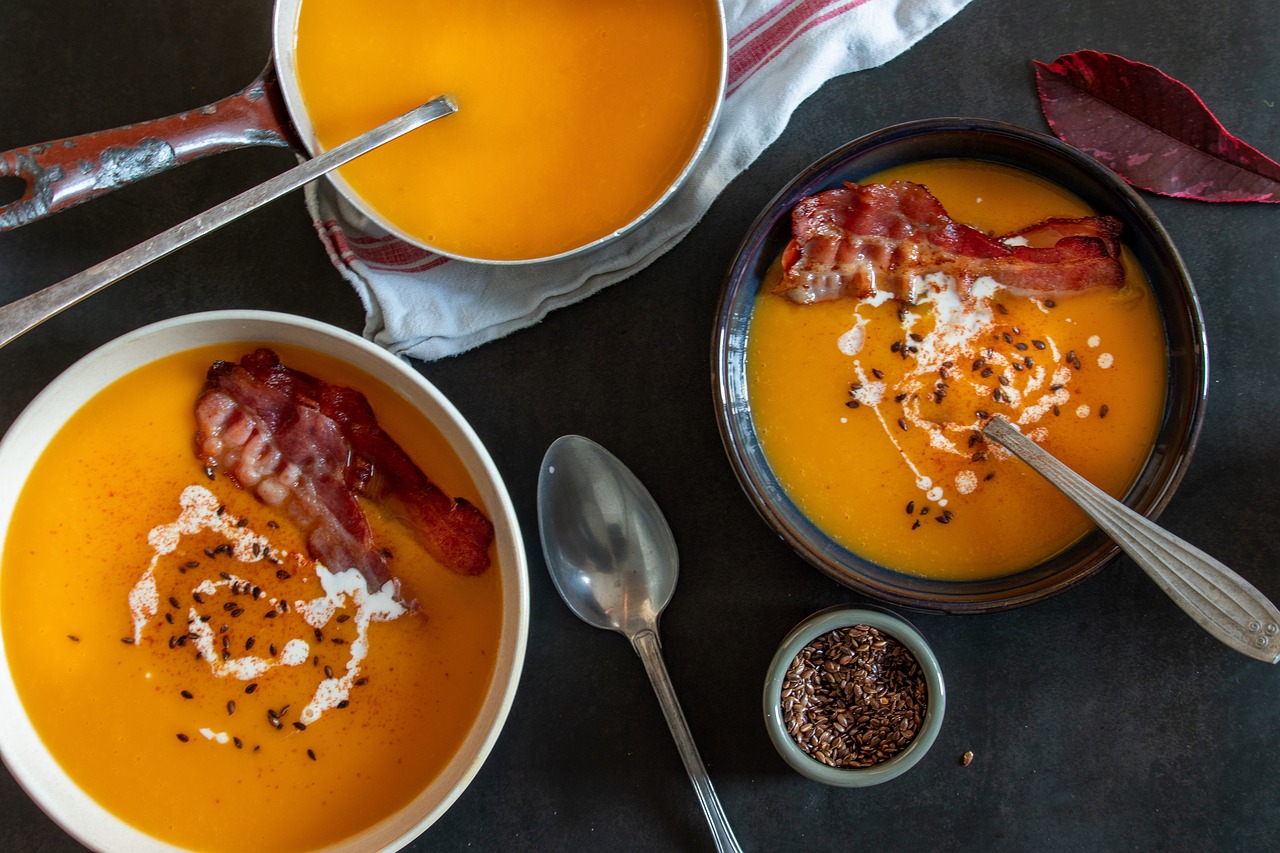
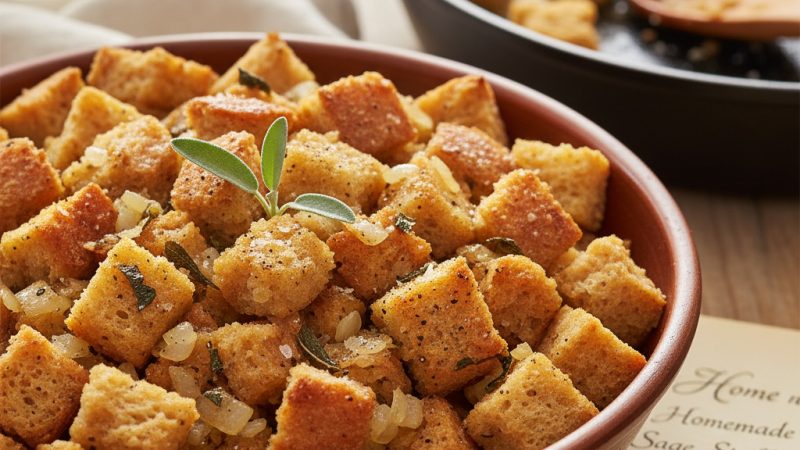
I like your web site but would like to see more focus on preservative free cooking without wheat and dairy. I have an intolerance to wheat, rice, dairy, preservatives and colours in foods.
Love the natural foods and I love organic honey
Thank you for your feedback! We’ll definitely take your suggestions into consideration as we continue to develop our content.
In the meantime, here are a few tips for preservative-free cooking without wheat and dairy:
1. Use alternative flours: Instead of wheat flour, consider using almond flour, coconut flour, or a gluten-free flour blend made from rice flour, potato starch, and tapioca flour.
2. Experiment with plant-based milks: There are many non-dairy milk options available, such as almond milk, coconut milk, and oat milk. These can be used in place of dairy milk in recipes.
3. Avoid processed foods: Many processed foods contain preservatives and additives that can trigger food sensitivities. Focus on whole, natural foods like fruits, vegetables, nuts, and seeds.
4. Use natural sweeteners: Organic honey is a great option for a natural sweetener, but there are also other alternatives like maple syrup, date syrup, and coconut sugar.
5. Check labels: When purchasing packaged foods, be sure to read the labels carefully to avoid any ingredients that may trigger your food sensitivities.
We hope these suggestions are helpful!